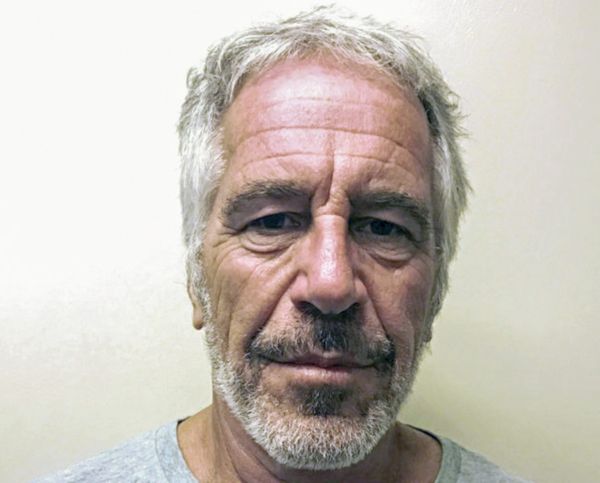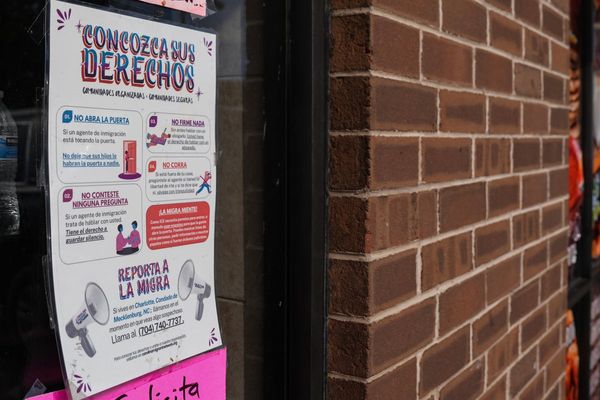
When the Sydney Harbour Bridge opened in March 1932, drivers in both directions came to a halt for what is now a fixture on many of the city’s arteries: tolls, collected back then by smartly uniformed attendants.
Although northbound tolling ended in 1970, and the last booths were ripped out in 2020, electronic tolling remains for southbound drivers. Tolling’s original purpose, to pay off the bridge’s construction, was completed in 1988.
The bridge has become a rare thing – a tollroad owned and operated by the government – in a web of public-private partnerships and complex ownership structures, presided over by tolling goliath Transurban.
The New South Wales premier, Chris Minns, campaigned at the 2023 election on ending “tollmania” and to reduce administration fees for unpaid tolls.
In 2024, an independent inquiry recommended the state government unify tolling under a state-run entity to turn the “patchwork of different mechanisms” used to calculate tolls into a “fairer” and “simpler” system.
But the government’s negotiations with Transurban, an ASX-listed company valued at $43bn, have slowed to a crawl.
An update, but not necessarily a deal, has been promised before the end of the year. That is also when a $60 toll cap, which shields drivers from potentially hundreds of dollars in tolls every week, expires.
Sign up: AU Breaking News email
Until then, here is how things stand in what some call “the most tolled city in the world”, and a glimpse at what’s at the end of the tunnel.
The ‘most tolled city’ in the world?
There are 156km of toll roads in Sydney, almost half the city’s motorway network, more than any other capital city in Australia.
There are now 10 different private motorway tolls, and Transurban has “at least” a 50% stake in each, says the 2024 report authored by Allan Fels and David Cousins.
The company owns a direct majority in privately tolled roads and tunnels, and a dominant stake in two further companies that control the rest.
The University of Sydney professor of transport David Levinson said Transurban’s ownership structures are “complex by design”, to limit financial risk. But they also make the government’s negotiations to bring tolling under its control challenging.
Private operators have rights to charge tolls – called “concessions” – which go towards the construction and maintaining of roads, but also profits. Concessions return to the government after a set period. The first agreements in Sydney will expire in 2035, and others not until 2060.
Tolls increase every year according to set agreements, often by inflation according to the consumer price index (CPI), although the precise details of each contract remain secret.
Transurban says it has invested $36bn into Sydney’s road network, including the construction of the Westlink M7. It has invested more than $20bn in the WestConnex assets, securing 100% ownership in 2021.
“They will want to be compensated,” says Levinson.
A spokesperson for Transurban says the company is “committed to working with the NSW government” through its toll reform process.
How road tolls work
Road users sign up online for a toll pass or tag, which is triggered when a toll road is entered (toll notices are posted to those who don’t have an account).
So far, so simple. But things get tricky when it comes to pricing: some roads have a flat fee, others charge by the kilometre or the “tolling points” passed through, while the Harbour Bridge and tunnel under the harbour have different tolls at different times of day.
And it adds up: the 2024 report found Sydney drivers were spending $2.5bn per year on tolls in Sydney, with the greatest impact on residents of the western suburbs. Many now rely on a $60 toll cap put in place at the start of 2024, under which drivers claim up to $340 a week back from the government after spending $60 for each registered vehicle.
“People of western Sydney typically have more tolled links per commute, longer average distances, and fewer un-tolled substitutes than inner-east and inner-north corridors,” Levinson says.
Asked by Guardian Australia if this cap could be extended if a deal is not reached, the NSW transport minister, John Graham, says the government will have more to say by the end of 2025.
Graham says the cap has been “really valuable” to Sydney’s drivers. But he cautions the state can’t afford the toll cap without toll reform. “It has been an expensive intervention.”
The government allocated $561m over two years in 2023 to the cap, although motorists lost the right to about $100m in unclaimed rebates in June.
How might tolling change?
For a sense of what changes the government is shooting for, you need only look at the independent review, released in July last year.
Its central recommendation, the establishment of the NSW Motorways entity, has been partly achieved. It came into operation in July to manage the state’s existing tolling assets, the Harbour Bridge and tunnel, as well as the M6 motorway and western harbour tunnel as they are completed by late 2028.
In terms of pricing, the report calls for uniform “declining distance-based tolling” across the city, spreading the burden of paying tolls from western Sydney to the northern and eastern suburbs.
For example, for the first 5km of a toll road, drivers could be charged $1 for each kilometre travelled, 80c per kilometre between 5km and 10km, and then 60c per kilometre for 10-15km.
To compensate Transurban for the existing concession agreements, the government has a few options, including a straight buyout, or generating revenue from raising tolls for drivers on the assets it already owns. One recommendation is for users of the Sydney Harbour Bridge and tunnel to pay fees in both directions.
Another option is extending the term lengths of existing concessions. Drivers would pay tolls to Transurban for longer but under new uniform, distance-declining rates, alleviating the burden for some.
At budget estimates, the opposition transport spokesperson, Natalie Ward, asked Graham if the government would extend toll agreements to fund reform, but the minister said he would not go into the details of a “highly complex commercial negotiation”.
The NSW Motorways chief executive, Camilla Drover, told budget estimates the NSW Treasury has modelled the extension of existing agreements to cover reforms, among other possibilities.
Another potential sticking point will be the use of toll administration fees, or fines, for unpaid tolls. Graham told estimates the government was still doing “extensive work” on the “very complex” issue of late fees.
A spokesperson for Transurban said the company had “long advocated for” changes to administration fees.
Ward tells Guardian Australia: “The premier was clear before the election – no new tolls, no more privatisation and tolls would be cheaper under Labor.”
Graham said the former government had “saddled users with a “total toll bill of $195bn out to 2060”.
Do the negotiations mean an end to tolls entirely is in sight? Probably not. Levinson says while setting tolls to maximise profits is a “policy choice”, toll roads can be used differently for the public good.
He says if tolls were set to encourage freight vehicles, there would be “less cars on surface streets” in the city.
“Nothing is quite as useful as the Harbour Bridge, but new toll roads can be useful.”







